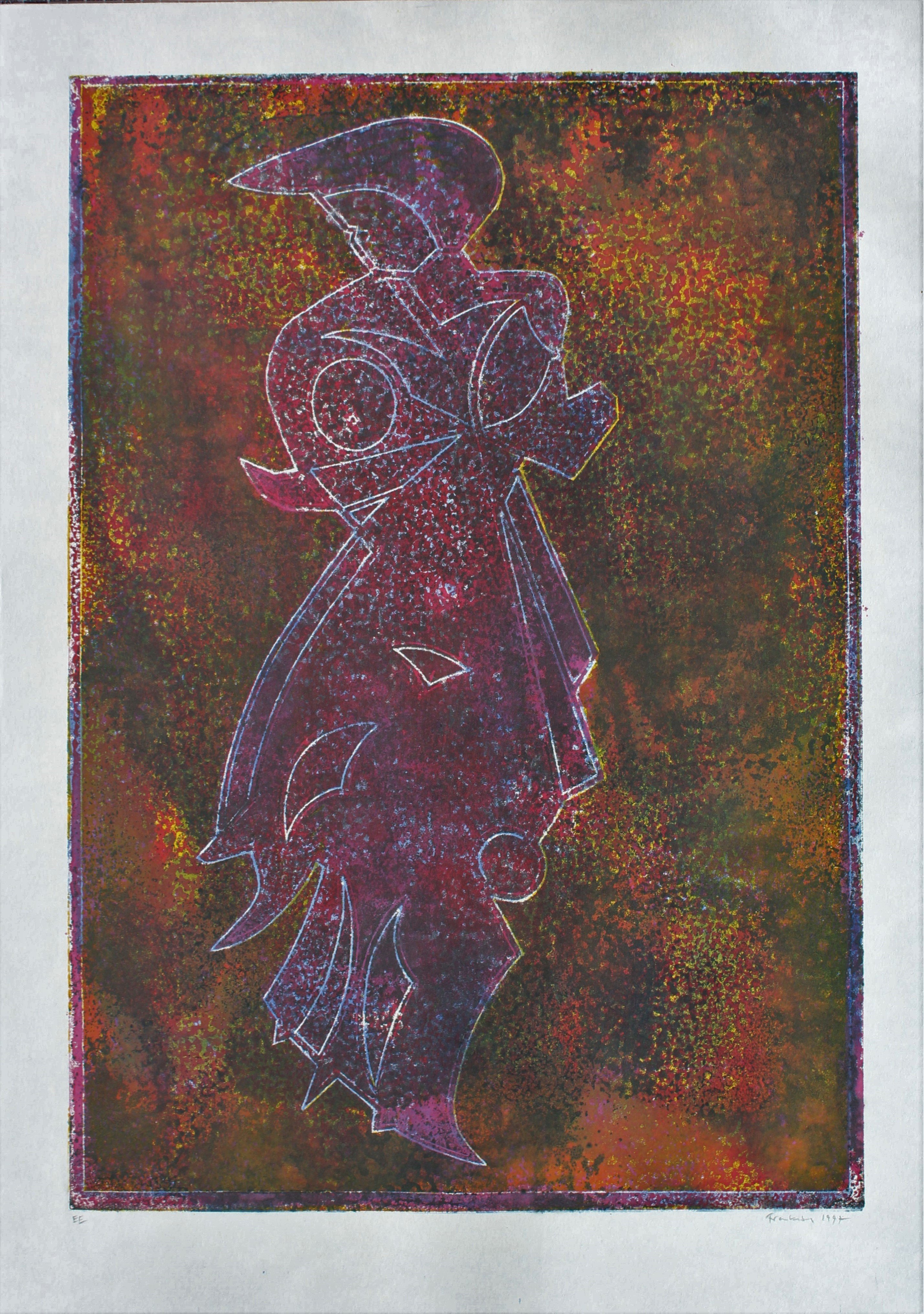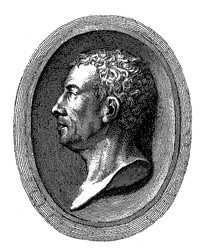Hierbei handelt es sich um eine moderne Transformation der antiken Skulptur der Aphrodite Heyl. Dieses Thema erschloss sich Frankenberg vor dem Gipsabguss in der Kieler Antikensammlung.
Dargestellt ist die Aphrodite in einer gepunkteten Technik, wobei überwiegend Farben in rosa und rot verwendet wurden, jedoch auch in schwarz und hellblau. Die Umrisslinien sind durch weiße Farbe angegeben. Der Hintergrund ist ebenfalls gepunktet. Hier tauchen vor allem Farben wie gelb, grün, rot und orange auf. In ihrer schraubenförmigen Haltung ist die Aphrodite im unteren Körperbereich von vorn, oben in der Seitenasicht abgebildet und nach links gewandt. Nicht nur die Umrisse sind dargestellt, sondern auch Binnenzeichnungen in Form von gebogenen und geraden Linien unterschiedlicher Stärke.
bez. u.l.: EE
sign. u. dat u. r.
en

